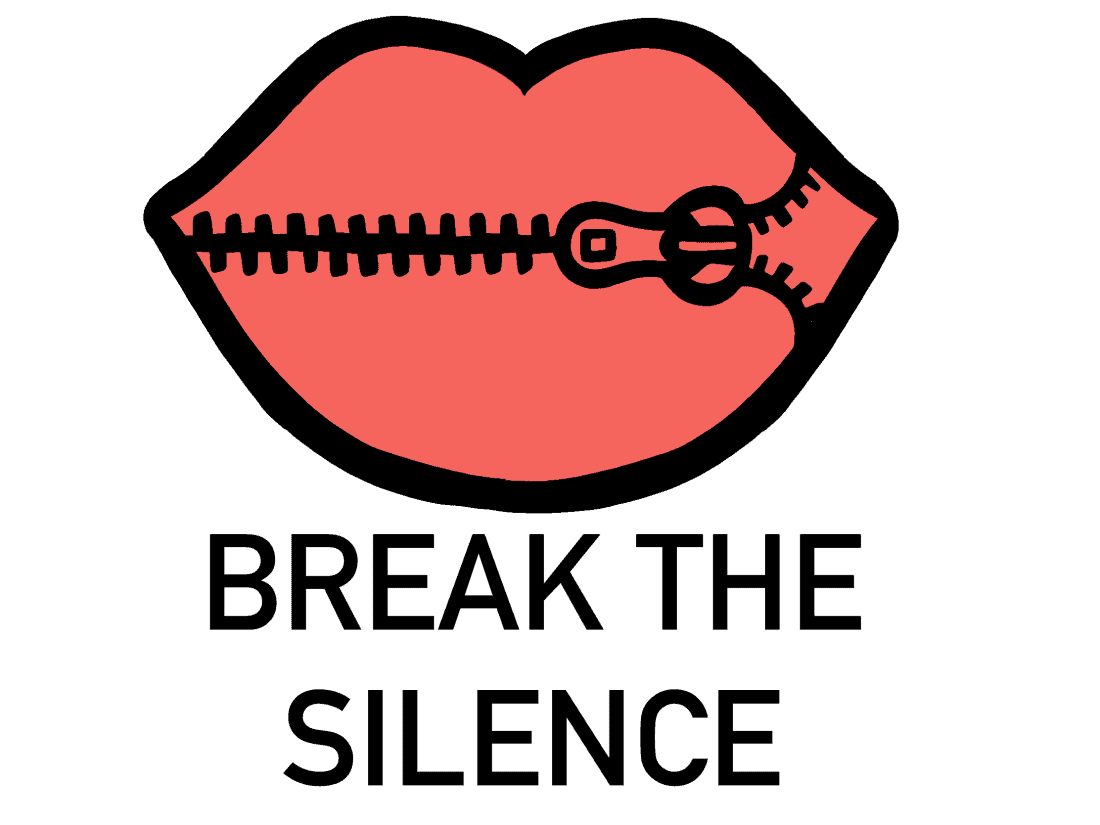
The stigma around suicide has decreased quite substantially in the last decade, but there is still a lot of work to do.
Having tough conversations about it can help reduce the stigma and risk of an individual engaging in suicidal behaviours. Avoiding these critical conversations is dangerous.
Taking your own life can sometimes feel like the only way to deal with life’s hardships — especially when a person feels alone or isolated. But the truth is, you are never alone.
A health survey done earlier in 2019 revealed that at any time within the last 12 months, two per cent of University of Saskatchewan students attempted suicide, while 14.9 per cent of students seriously considered it. The data also showed that at any time within the last 12 months, 49 per cent of students felt so depressed that it was difficult to function.
Although the U of S sits below the national average, the university has seen an increase in the number of students self-reported suicide attempts in recent years, according to Peter Hedley, director of student affairs and services at the U of S.
“From 2016 to 2019, we did see about a 25 per cent increase in the number of students reporting that they’d attempted suicide,” Hedley said. “Really, for us, when we see figures like that it indicates that there is more work needed.”
Hedley says the U of S does not have a specific suicide prevention strategy but that everything done for student health is strategic. He identifies education and awareness as key factors in reducing stigma to allow students to access multiple supports in a timely manner.
“Everything we do every day and the connections we have on campus is to actually make sure we are getting in there, [with] a level of awareness,” Hedley said. “We [need to] get in there as early as possible with an offer of support.”
The U of S offers workshops to students and staff to learn intervention skills which include safeTALK, Mental Health First Aid and ASIST training.
Tracy Spencer, manager of student affairs and outreach, emphasizes the importance of campus community members being well equipped to have these conversations with struggling individuals.
“The safeTALK [workshop] allows us to engage more frontline people and students to be able to feel confident in having conversations about suicide,” Spencer said. “It provides them with skills and knowledge in terms of how to identify invitations of suicide, how to engage them, ask those questions and [connect those individiuals] to the people that can provide the intervention.”
Spencer notes that the workshop is not to train people to become interventionists but to be able to recognize situations and connect people to resources. She also emphasizes the shared responsibility everyone has in prevention.
“By taking this program, taking the mental health first aid [and] really getting the tools that you can use at various times with various people to be able to help others. We’re all part of the solution.” Spencer said.
“We all have a responsibility to play in prevention.”
Training for safeTALK in the fall term is offered Oct. 8, Nov. 21 and Dec. 17. To register, visit usask.ca/stayhealthy.
—
Shawna Langer / Graphics Editor
Graphic: Shawna Langer / Graphics Editor